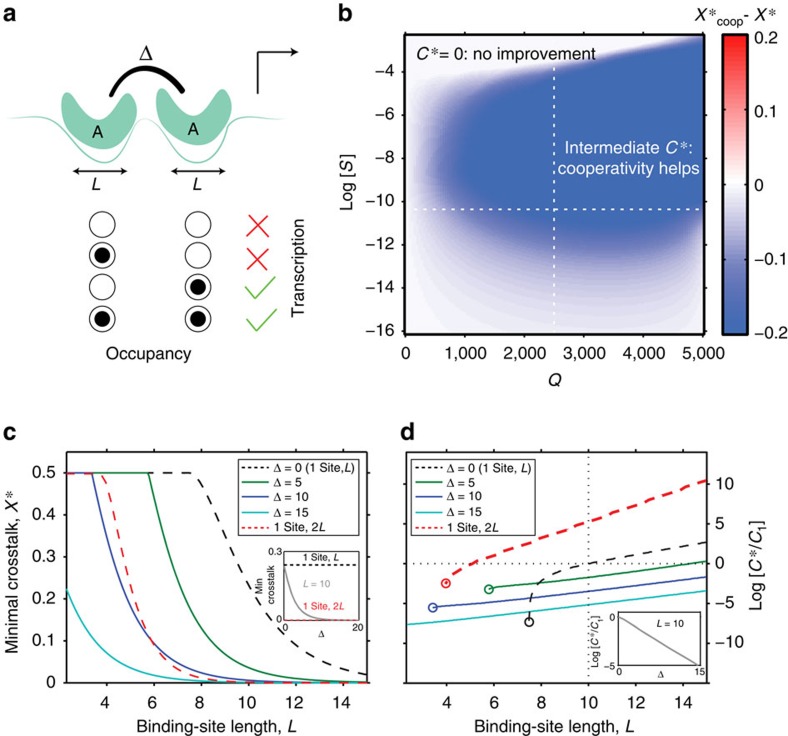Figure 4. Cooperative regulation reduces crosstalk and the required optimal TF concentration.
(a) Cognate binding configurations (non-cognate not shown) for two sites of length L leading to transcription (green check) or not (red cross); doubly occupied promoter gains a cooperative energy Δ. Transcription proceeds only when the proximal (rightmost) site is occupied. (b) Difference in minimal crosstalk, shown in colour, between the cooperative model and the basic model of Fig. 3,  , for cooperative interaction strength Δ=10. Cooperativity significantly reduces crosstalk (blue; at baseline parameters shown with white dashed lines,
, for cooperative interaction strength Δ=10. Cooperativity significantly reduces crosstalk (blue; at baseline parameters shown with white dashed lines,  here versus X*=0.23 in the basic model) and shrinks the ‘no regulation' (C*=0) regime. (c) Minimal crosstalk error, X*, versus binding site length L for different values of cooperative energy Δ shows that strong cooperativity can decrease the crosstalk beyond the basic model with binding site of length 2L (red). (d) Optimal TF concentration, C*, required to minimize crosstalk, decreases with increasing cooperativity Δ for all L and is consistently below the single-site basic model with site length of either L (black) or even 2L (red). Circles denote transition to the ‘no regulation' (C*=0) regime at low L (large S), showing that cooperativity extends the ‘regulation regime.' In c,d, we convert S values to the equivalent binding site lengths L using the random sequence model.
here versus X*=0.23 in the basic model) and shrinks the ‘no regulation' (C*=0) regime. (c) Minimal crosstalk error, X*, versus binding site length L for different values of cooperative energy Δ shows that strong cooperativity can decrease the crosstalk beyond the basic model with binding site of length 2L (red). (d) Optimal TF concentration, C*, required to minimize crosstalk, decreases with increasing cooperativity Δ for all L and is consistently below the single-site basic model with site length of either L (black) or even 2L (red). Circles denote transition to the ‘no regulation' (C*=0) regime at low L (large S), showing that cooperativity extends the ‘regulation regime.' In c,d, we convert S values to the equivalent binding site lengths L using the random sequence model.

